25+ Things You Need For The Next Disaster
Here’s my list of 25 things you need for the next disaster that may come your way. These are the bare minimum items, but you can survive for some time during or after the disaster depending on the amount of water and food you have stored.
I live in Southern Utah, and like it is in most places, it’s pretty clear we are going to have an unforeseen disaster or emergency sooner than later. If you watch the news on television or read anything online about what’s going on in the world, you know we must be prepared for a disaster, whether it’s sooner or later.
I’m not a doomsday prepper, but we must be prepared for the next disaster or general emergency.
I have a printable list for an everyday carry bag below. Today it’s all about preparing for a disaster. We all have budgets that we must adhere to, and I get that, believe me. Start with water and food and add to your emergency stash as time, money, and individual/family needs are met.
We must take care of ourselves because the government can’t take care of everyone. Please learn skills you can use to trade for food and water. Trust me, the day is coming sooner than later. It doesn’t matter where we live, we must be prepared for the unexpected.
The Next Disaster:
- Water: by now you know how I feel about water. I strongly suggest four gallons of water per person per day. I disagree with The American Red Cross, my mouth is dry just thinking about only one gallon per person per day that they recommend. Check out page seven in their brochure below.
- Water filter
- Food
- Prescriptions
- Important documents in a good zippered binder
- Contact names, phone numbers, and email addresses of people you need to touch base with by texting, emailing, etc.
- Pictures of your family and pets (at least two of each, one to post on the evacuation/and or lost wall and one to keep)
- Flashlights, please get the solar ones if you can: Goal Zero Solar Flashlight
- Whistle
- Radio: preferably one with the NOAA weather station available (sorry, I can’t recommend one-I have returned every radio I have tried)
- Something to charge your cell phones or laptops (so you can see what is going on around you and in other areas of the state and country)
- Emergency Stove and fuel: I bought butane stoves for myself and my four daughters with fuel canisters
- The Volcano Grill is great because it uses wood, charcoal, lump coal, or propane: Volcano Grills 3-Fuel Portable Camping Stove
- Sun Oven: if you have sun rays you can cook anything in this oven that you can bake in your conventional oven (if the pan fits and is not shiny)
- An emergency toilet, hand sanitizer, toilet paper, kitty litter, and garbage bags (lots of them)
- Emergency washing machine: Emergency Washing Machine by Food Storage Moms
- First aid kit: First-Aid-Kit-Checklist-Printable
- Emergency kitchen items: Mobile-Portable-Kitchen-by-Food-Storage-Moms 2016
- 72-hour kits or bug-outs are only a start of what you need: FSM 72-hour kit adults
- 72-hour kits for children: FSM 72-hour kit for children
- 72-hour kits for your pets that you can transport: FSM 72-hour kit pets
- Small bills: one and five-dollar bills (banks and their ATMs probably won’t be working, along with other digital readers, point of sale machines you use every day to buy groceries, gas, and other items)
- Tools/knife: Multi-Use Knife
- Compass
- Shelter to protect you and your family from heat and cold (extreme weather)
One of the most important things, although there are many, is to have access to an EDC bag. It’s an everyday carry bag you carry with you almost like a diaper bag, day in and day out. Or a large purse, my favorite is this one: Maxpedition Jumbo Versipack, Black Now, here’s the deal, everyone will have their own items they will need to carry, and this list is just a start.
Items I carry in my everyday carry bag:
- Multi-tool knife: you can use these for so many things
- Hand sanitizer: keep my hands clean from bacteria
- Mirror: if stranded I can flash this to help people find me
- Compass: if stranded I can at least know the direction I am heading
- Whistle: I like the ones that are extremely loud to alert other people
- Small bills and coins for emergency cash if the power goes down
- Water bottle (with a filter)
- Lip gloss/lip balm
- Small first aid kit
- Duct tape (small rolls now available)
- Seatbelt cutter
- Flashlight with extra batteries
- Pen and small paper tablet
- Folding knife: for protection or other uses
- USB chargers for phones and tablets
- Aspirin and Benadryl
- Pepper spray
- Black Sharpie
Here is a printable to get you started: Everyday Carry Bag Printable. Now, remember, this list is just to get you started, you may have an emergency car bag in your vehicle with additional items. I wouldn’t be carrying an ax around in my EDC bag, just giving you the heads up here. I do have one in my car, though. Please let me know of any items you would add to this list. I love your ideas!
Other EDC Items To Consider:
- Names and phone numbers of who to contact in an emergency
- Battery/crank-powered portable radio/extra batteries
- Flashlight/preferably one with solar/crank/LED
- Compass and maps; not everyone has a GPS in their car or on their phones
- Can of motor oil
- Fire Extinguisher(5 pound ABC type)
- Flares and/or orange cones
- Jumper cables
- Rags/paper towels
- Shovel/Ax
- Pocketknife
- Tire gauge
- Toolbox
- Window scraper for ice
Necessities for survival:
- Water/Granola bars/Jerky
- Blankets
- Jackets/sweaters
- Emergency cash: approximately $50.00 in small bills
- First Aid Kit
- Baby Wipes
- Hand Sanitizer
- Scissors/pens/pencils (not crayons-they melt)
- Emergency snack food and/or MRE meals (items may need to be replaced more frequently if stored in extreme heat conditions)
- Whistles
- Umbrella
- Hand warmers
- Extra blankets
Final Word
Thanks again for being prepared for the unexpected, like the next disaster. May God bless you for your efforts. We must take care of ourselves, that’s a fact of life.
Please remember my book is available: Prepare Your Family for Survival: How to Be Ready for Any Emergency or Disaster Situation

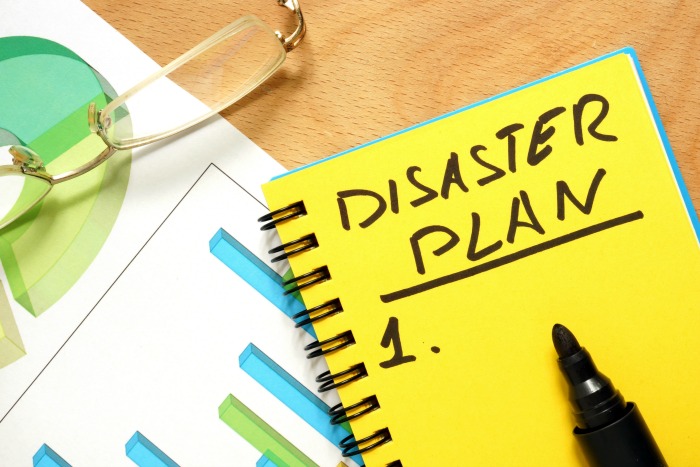

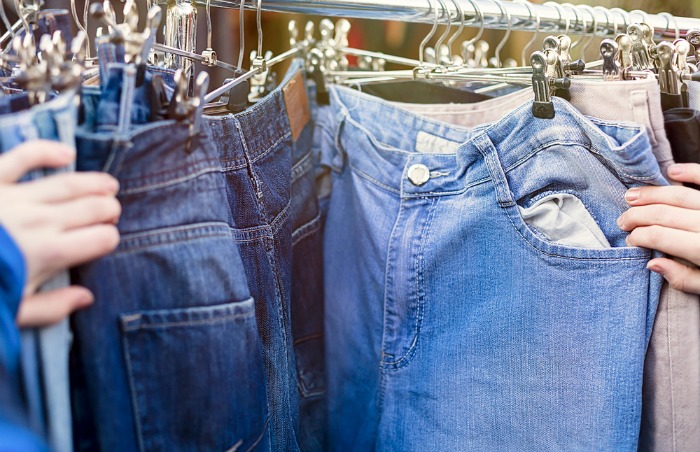

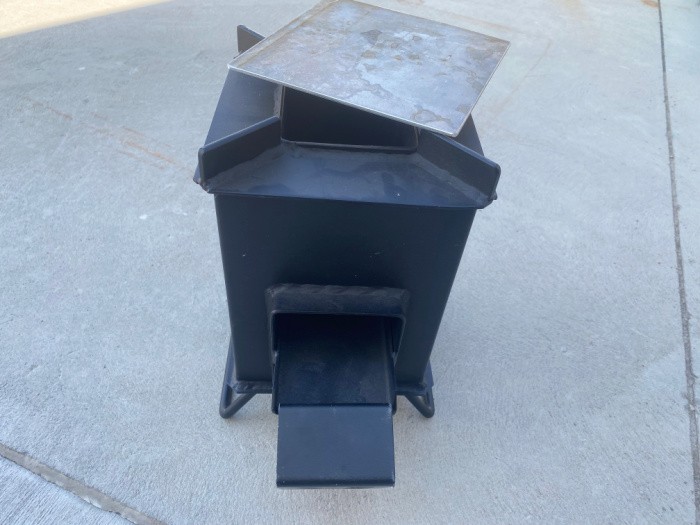
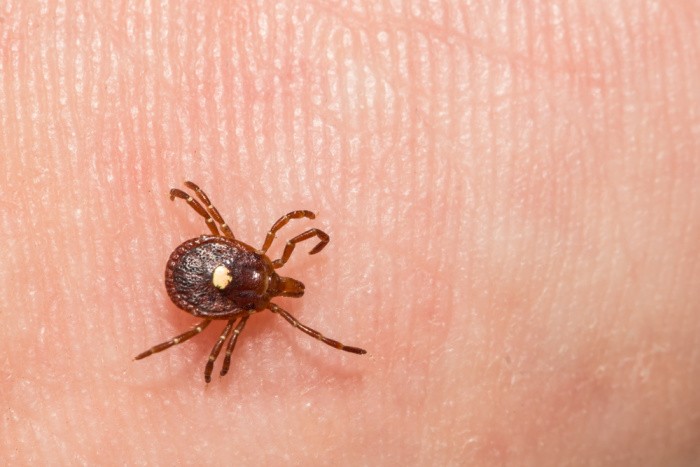
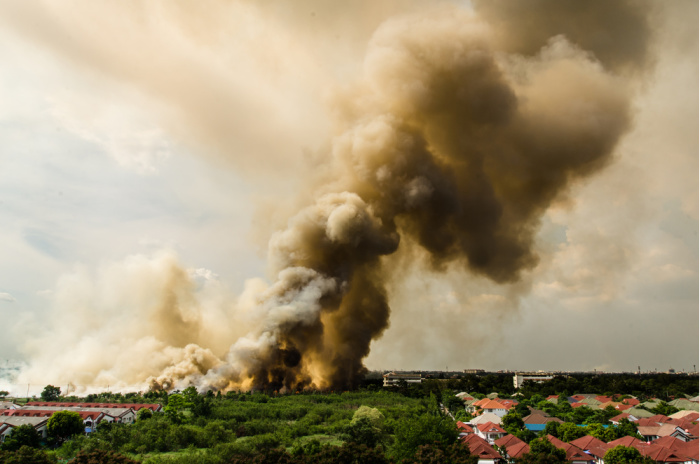














Hi Linda!
I’ve got a few other things in the “Bottomless Pit” as we affectionately call my EDC. I’ve got a few Panduits (also commonly known as zip strips), I’ve got a rolled up piece of 1/2″ Velcro (about 18″ long), three of those “snack size” packs of M&Ms & Reese’s Pieces (husband is Type 2 diabetic and sometimes needs something quickly)(also helps with grandbabies), two folded up grocery sacks (the plastic ones), and a small 4 tool/pen combo (smaller than the Multitool that is carried in my “big” purse. (like there is a difference?)
I just realized I also have a wee little tote bag from doTerra with multiple tiny bottles of essential oils. I don’t know if this is still available from doTerra or not. I’ve had mine for about 4 years and yes, all the bottles are refillable.
Cheryl
HI Cheryl, oh my gosh, I love the term bottomless EDC!! You do not want to lose that wee little tote bag from doTerra because I just looked and they are sold out. They have a child’s kit but I wouldn’t want the oils in it. You are amazing, keep prepping, girlfriend! Linda
Your list of 25 things is great, especially if a person thinks about side issues with them. Water #1. Having enough stored is crucial for a short term disaster but I hope your article makes people think about how to get more if that runs out. Or maybe inexpensive ways to sanitize/strain. (Not sure how well I’d do in Utah, as I’m pretty spoiled by MN’s water abundance.) The absolute cheapest, easiest strainer is coffee filters, especially as they can be reused after drying in sun. Sanitizers: vinegar, vodka or pool chlorinator (any form but ‘shock’ is harder to estimate needed amts). I guess bleach could be used but the stuff for pools is actually formulated to be able to be ingested (lol). The dry mixes/tablets take little space to store also. One year I filled 2 -40 gal drums of water from my tap. I have my own well and it does have a high iron content, unless ran thru my softener/filter. But for this water storage, I turned off the added salt from softener. In one tank, I added a pint of vodka. In the second, I added a pint of apple cider vinegar. Put the lids on. Occasionally would ‘check’ level to see if any evaporation took place. Maybe about an inch over the next 9 mos…so, yea, my storage wasn’t airtight. I didn’t have cause to use any of this stored water but did wonder if it would still be ok to drink. So, I went to my county extension office, got 2 of their water sample kits. Mailed these in: got results in less than a week. Both samples showed NO bad anything. Perfectly drinkable. Yet, each of the containers were indoors (warm) and Not airtight (airborne contaminants possible). I went a step further and called the U of M where the testing is done. Because I wondered what they thought would happen if I hadn’t used vodka and vinegar in my samples: they said ‘They’ wouldn’t drink plain water that had been sitting for 9 mos that wasn’t airtight sealed, and kept in a warm area: unless it had been prepped, which is what I did. Told me they wished I’d done a 3rd tank with Nothing added to be tested. Big chuckle but I think the pint of vinegar is cheaper than the vodka! Also, the U scientists told me that I didn’t need a whole pint of either for 40 gals. More like a half cup? Lesson here: since we have it available now, use science to be able to cheapen cost of preps. (County extension services are free here.) I got these storage tanks for $10 each from a Mexican restaurant. Um, they had held jalapenos so I did need to air out for about a month after rinsing with a vinegar spray…sorry this story got a big long.
Hi Wendy, I love your comment, so glad to hear you took samples of your water in to be tested. I’m going to go and do that. I love the tips on Vodka and vinegar! I can almost smell the jalapenos from here!! LOL! Linda
Living in Florida, getting cold is not much of a concern except for a few nights out of the year, but a tarp or a couple of space blankets can help to keep us not only warm but dry if used to create a simple cover or shelter. The super cheap, super lightweight alternative is clear plastic or painter’s drop cloths.
Even in a small kit, we can have a cover along with some duct tape, bungee cords or paracord (Clothes line would do) to create an expedient shelter. And a snug little tent can prevent chills from sudden drops in temperature along with heat loss from being soaking wet. It’s worth it to pack some plastic sheeting or garbage bags and a space blanket or two and just a few feet of cordage.
Hi Frank, it’s interesting if we think about it if we keep a few tarps and duct tape we can survive a few nights out in bad weather. Not severe weather but we could try and we would for sure. We need to stay dry and warm, great comment! Linda